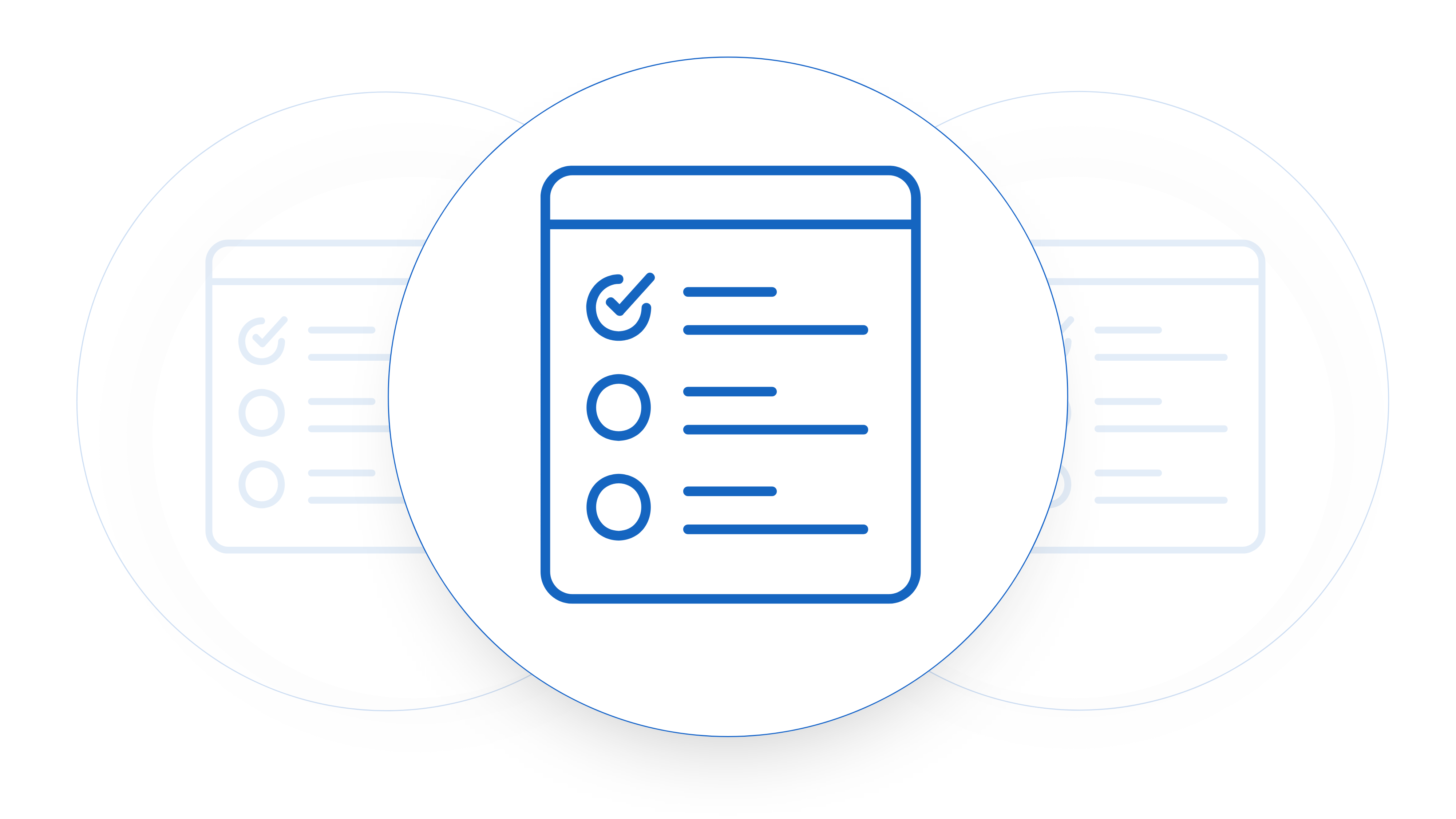Understanding what is a MRR waterfall is a question that comes up a lot for early stage startup founders. A MRR waterfall is a common report that software as a service (SaaS) companies need to maintain to track their growth. Effectively it is a record of all of your customers and the amount of income you can recognize for each of them on a monthly basis.
What is a MRR Waterfall & When Should I Use One?
The general format for a MRR waterfall is a table which outlines each of the customers which a company has and the amount of revenue that is recognized for each customer each month.
| Customer | Jan | Feb | Mar | Apr | May |
| NYC Limited | $1000 | $1000 | $1000 | $1000 | $1000 |
| Global Enterprice | $5400 | $5400 | $5400 | $5400 | $5400 |
| Big Software | $3000 | $3000 | $3000 | $3000 | |
| Tim’s Microchips | $1700 | $1700 |
The above is an example of an MRR waterfall in its simplest form. As you grow as a company and bring on more and more customers you MRR waterfall will become more and more complex. Not just with added rows but with the metrics that you can calculate from it.
MRR Waterfall Template
What is a MRR waterfall? Ultimately it is a core financial report that drives a lot of your SaaS business metrics. With the waterfall you can calculate:
- Month on Month and Year on Year Growth Rates both in revenue and customer numbers
- Churn rates
- Booked MRR vs Recognized MRR
- Expansion numbers
- Net Revenue Retention
- Gross Revenue Retention
It is also one of the first documents that a investor will ask for when they are starting to do their background research for an investment.
Common Data Issues With MRR Waterfalls
While MRR waterfalls can be a valuable tool for understanding the dynamics of your subscription business, there are several common issues that can arise when creating or interpreting them. Here are some of these issues:
1. Data Accuracy
Inaccurate data inputs can lead to incorrect MRR calculations. Ensure that your data sources are reliable and up-to-date.
2. Inconsistent Definitions
Different teams or individuals within your organization may have varying definitions of MRR components, such as what counts as new MRR, expansion MRR, or churned MRR. Standardize your definitions to avoid confusion.
3. Timing Discrepancies
MRR calculations may be based on different time frames (e.g., daily, weekly, monthly). Ensure that all data sources and calculations are synchronized to the same time frame for accurate comparisons.
4. Billing Period Variations
If your business offers different billing frequencies (e.g., monthly, quarterly, annually), it can complicate MRR calculations. Be consistent in how you convert these variations into monthly equivalents.
5. Prorated Calculations
Prorating MRR for customers who join or leave mid-month can be complex. Ensure that your proration calculations are accurate to avoid overestimating or underestimating MRR.
6. Negative MRR
Negative MRR occurs when you lose more revenue from churned or downgraded customers than you gain from new or upgraded customers. It’s essential to understand why negative MRR happens and take corrective actions.
7. Deferred Revenue
Deferred revenue, such as prepaid subscriptions, can impact MRR waterfalls. Ensure that you account for deferred revenue appropriately to avoid distorting your MRR calculations.
8. Changes in Pricing
Changes in pricing plans or discounts can affect MRR. Make sure to account for these changes in your calculations and consider their impact on customer behavior.
9. Changes in Customer Behavior
External factors, market conditions, or changes in your product/service offerings can lead to shifts in customer behavior that affect MRR. Monitor customer feedback and market trends to understand these changes.
10. Unrecognized Churn
Sometimes, customers may churn but still be counted as active due to billing issues or other reasons. Regularly reconcile your customer data with your financial data to identify unrecognized churn.
11. Data Integration
Disparate systems and tools may be used to track customer data, billing, and subscription metrics. Ensure that these systems are integrated properly to prevent data discrepancies.
To address these common issues, it’s crucial to have a well-defined and standardized process for tracking and calculating MRR. Regularly audit your MRR calculations and seek input from cross-functional teams to ensure accuracy and reliability in your MRR waterfalls. Additionally, consider using specialized software or tools designed for MRR tracking and analytics to streamline the process and reduce potential errors.
Redline What Matters
Raise Changes For Approval To Turnaround Contracts Faster
Where to Get Data From For My MRR Waterfall
One of the most common issues with MRR waterfalls is the integrity of the data that you’re pulling into the report. We’d like to believe that CRM’s are a great source of data but most early stage startups have messy CRM data. At the end of the day if you’re an early stage company and you’re looking for reliable data you need to be pulling this out of your contracts.
The data that is captured in signed contracts is ultimately the most correct source of truth when it comes to tracking the revenue you are getting from customers. Being able to pull this out and access it in a structured way is what Contract Sent is built for.











